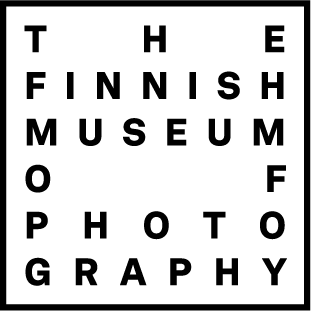
Rorhof: The Pigeon Photographer, 2018 / Kuva: Courtesy of Rorhof / Stadtarchiv Kronberg & Stiftung Deutsches Technikmuseum Berlin.

Uhan alla -työryhmä: Uhan alla, 2021, teoksen osa / Kuvat: Jari Kostet: Arosuohaukka, Hömötiainen / Timo Ahosalmi: Muuttohaukka / Olli Saksela: Merisirri / Pirkko Roinila: Lapinkirvinen / Anssi Hauvala: Punasotka












